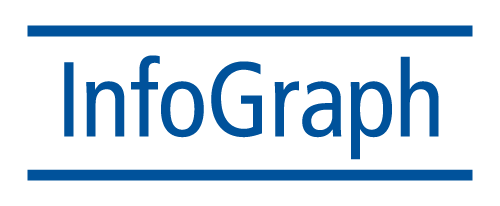Overview
Description
This course examines techniques for performing raster-based geoprocessing using ArcGIS Spatial Analyst. You will work with many of the ArcGIS Spatial Analyst tools, operators, and functions used to analyze raster data and derive actionable knowledge from it, empowering better decisions throughout your organization. In course exercises, you will build map algebra expressions and models to execute geoprocessing workflows and manipulate raster data to make it suitable for analysis. This course also covers basic concepts of fuzzy logic, a science-based approach to modeling inaccuracy in attribute data, and you will learn how to apply fuzzy logic to create a suitability model.
Who Should Attend
GIS analysts and other experienced ArcGIS users who perform raster-based spatial analysis for site selection and suitability modeling.
Goals
After completion of this course you will be able to:
• Apply geoprocessing environment settings to control the properties of output data.
• Construct map algebra expressions in the Raster Calculator to execute Spatial Analyst tools, operators, and functions for GIS analysis.
• Control output cell values using logical and conditional tools.
• Perform cell-based analysis using local, focal, zonal, and global operations.
• Create models to automate and share raster-based geoprocessing workflows.
• Perform a fuzzy overlay analysis that accounts for potential inaccuracies in attribute data.
Prerequisites
• Completion of ArcGIS Desktop II: Tools and Functionality or Learning ArcGIS Desktop or equivalent knowledge is required.
• Those new to raster data should take Working with Rasters in ArcGIS Desktop before taking this class.
Course Outline
Preparing for raster analysis
• Raster geoprocessing framework
• Working with environment settings
• Executing tools from a toolbox, a model, and the Python window
Building map algebra expressions
• Map algebra operators
• Expression syntax rules
• Using logical and conditional tools
• Creating complex map algebra expressions within the Raster Calculator
Working with raster functions
• Local, focal, zonal, and global functions
• Performing cell-based analysis using raster functions
• Creating custom neighborhoods
• Handling erroneous raster data
• Generalizing raster data
Building models using fuzzy overlay
• Building a model using raster geoprocessing tools
• Binary suitability modeling
• Understanding fuzzy membership and fuzzy overlay
• Performing fuzzy overlay analysis




